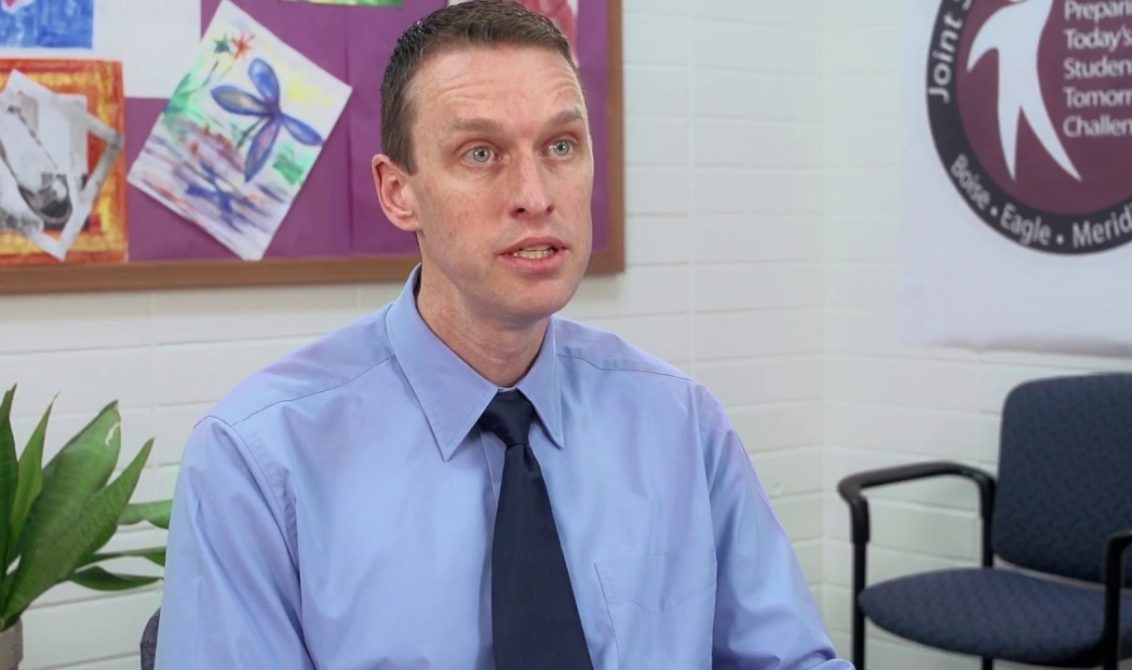
In collaboration with Digital Promise and the National Network of State Teachers of the Year (NNSTOY), we at Pearson undertook a study focusing on how teachers use technology to enhance instruction and improve learning. One part of the study focused on how technology is impacting teachers' instructional time. With the help of digital devices and richer, deeper content, teachers can gain more of the time they need to provide and enhance instruction for students.
More time means better quality instruction
Educators, schools and districts alike are almost always looking to improve student achievement by increasing quality instructional time.
Digital devices like tablets, apps and computers can change teacher and student roles, which can give teachers more time to focus on how to make the most impact through content interactions.
Benefits from technology in the classroom are realized when teachers intervene where it will be most timely and impactful. By providing more one-on-one interactions with their students, digital devices allow teachers to manage and assess individual student progress and provide immediate feedback, instead of waiting to check on student work through traditional after-school homework.
Changing the educator’s role
When used correctly, technology can give teachers more time by allowing them to provide differentiated instruction for students. Teachers can choose to lecture less and spend more time coaching students, as a group or individually, on how to use digital devices to make discoveries on their own. Learning truly becomes centered on the students when they get the chance to explore at their own pace on digital devices. By mixing in student-led discoveries with traditional learning formats, differentiated instruction can make class time more interactive and engaging for students.
Case study:
Teachers in Meridian, Idaho, observe how technology in the classroom is restructuring their instructional time.
This article was first published by Liane Wardow here.

